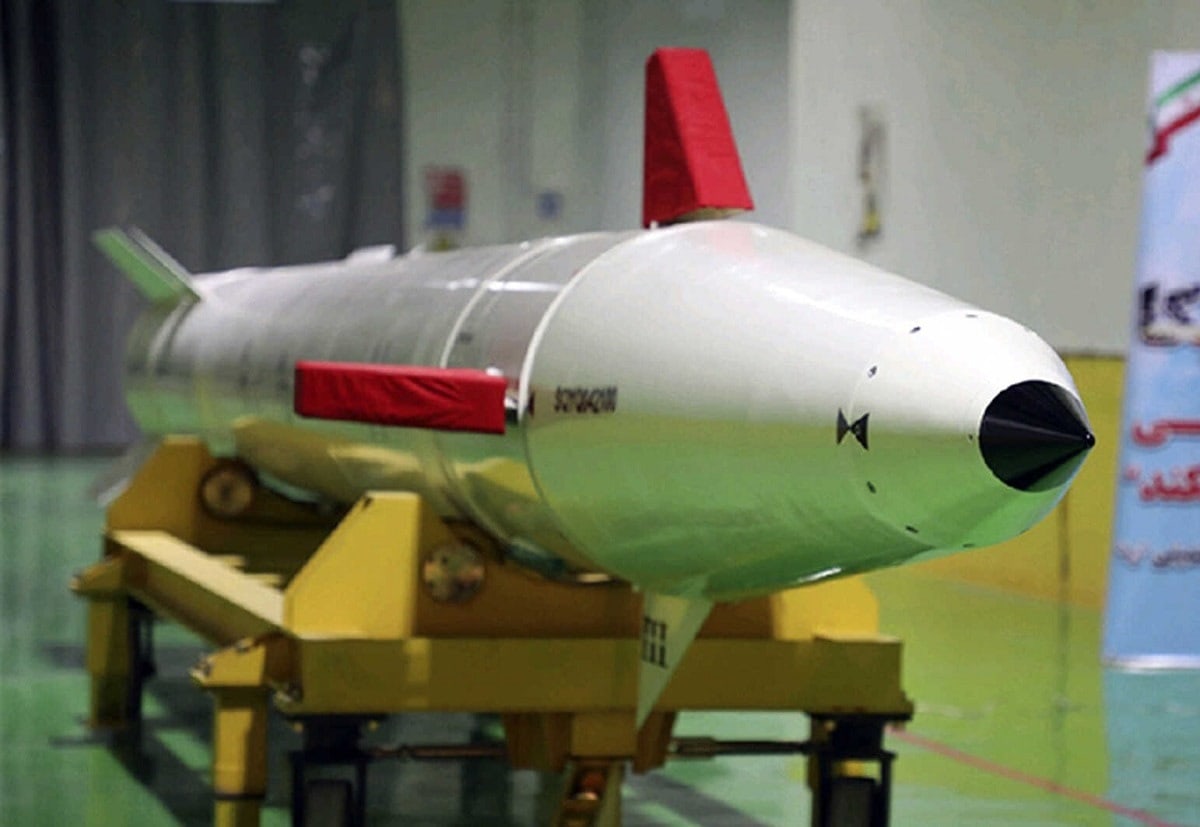Recent reports indicate that the prospect for a revived joint U.S.-Iranian nuclear deal is rapidly dwindling. Last-minute efforts to salvage the ongoing discussions surrounding a new Joint Comprehensive Plan of Action (JCPOA) appear to have been wasted. The European Union’s top diplomat, Josep Borrell, said he was “less confident” that a deal would come to fruition following a series of setbacks that emerged in recent months. Since the Vienna negotiations began, Iran has been flaky in its willingness to participate in the give-and-take of negotiations, backing the U.S. into an unfavorable position. Since the new nuclear deal was set to be shorter and weaker than its predecessor, perhaps its abandonment is not the worst-case scenario.
The JCPOA was never perfect
The road to revive the nuclear agreement enacted under the Obama administration and later withdrawn by the Trump administration has been rocky at best. Under the pretense of the 2015 JCPOA, the Islamic Republic of Iran was granted sanctions relief in exchange for specific curtailments to its nuclear program. While the Obama team was negotiating the original framework, congress passed the Iran Nuclear Agreement Review Act (INARA), which the former president signed into law. This legislation gave Congress oversight of the nuclear agreement. While the INARA ultimately did not stop the deal, it remains a potential roadblock for the Biden administration as it mandates congressional review of the JCPOA and any “agreement related to the nuclear program of Iran … regardless of the form it takes.”
In 2018, the Trump White House withdrew from the JCPOA, citing the regime’s numerous failures to comply with the agreement for three years. In addition to preventing the International Atomic Energy Agency (IAEA) from inspecting sites designated under the deal, the regime also expanded its ballistic and cruise missile development programs.
Is Iran stalling under the premise of a new JCPOA?
Since the Vienna talks commenced last December, Iran has not slowed down its nuclear-related activity or uranium enrichment. As detailed in a previous 19FortyFive article, “Iran has continued to build up its uranium enrichment and fissile materials – critical components in a nuclear program. Iran has ramped up its deployment of more powerful centrifuge models, increasing the concentration of raw materials needed to produce a weapon. According to Iran Watch, these new models have increased the size and enrichment level of Iran’s uranium stockpiled after being installed in production lines.”
Since the onset of the talks, Iran has zoned in on a particular sticking point. In June, the IAEA censured Iran for failing to answer questions and provide evidence surrounding the discovery of several undisclosed potential nuclear sites. The abandonment of this safeguards probe has continued to be exploited by Iran throughout the negotiations process this summer. While the regime reportedly accepted an EU proposal lacking this demand last month, Tehran now allegedly refuses to move forward without its incorporation.
Is the new deal a lost cause?
Rafael Grossi, the head of the IAEA, said he was “increasingly concerned” with the recent lack of progress towards finding a potential resolution and added that “Iran has not engaged with the agency (IAEA) on the outstanding safeguards issues during this reporting period.” According to the international watchdog, this latest delay comes as Iran has stockpiled enough uranium enriched to 60% purity to build a bomb if it is enriched to the weapons-grade 90% threshold.
Israeli news outlets have reported that Prime Minister Yair Lapid was recently assured that the nuclear deal was “off the table” and would not be signed in the near future by the Biden officials. The Jewish state has remained fervently opposed to the deal due to the perceived concessions it gives to its malign neighbor.
While the grim outlook for the new JCPOA has not been confirmed by U.S. officials, this outcome is not unimaginable. In fact, some industry experts speculate whether the regime is using these talks as a stalling tactic to prolong its nuclear-efforts behind the scenes.
Maya Carlin is a Middle East Defense Editor with 19FortyFive. She is also an analyst with the Center for Security Policy and a former Anna Sobol Levy Fellow at IDC Herzliya in Israel. She has by-lines in many publications, including The National Interest, Jerusalem Post, and Times of Israel.

